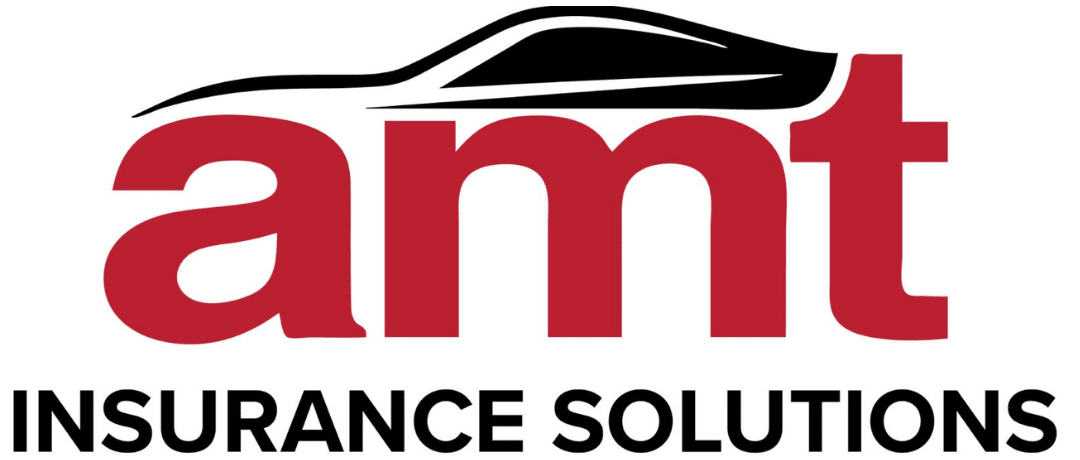
How to Maintain your Fleet and Keep Insurance Costs Low
May 23rd 2024
Why Maintaining Your Fleet is Crucial
- Safety and Compliance: Regular maintenance ensures that all vehicles are in safe working order, reducing the risk of accidents caused by mechanical failures. This not only protects your drivers and other road users but also ensures that you are compliant with legal and regulatory standards.
- Cost Efficiency: Proactive maintenance can prevent minor issues from escalating into major, costly repairs. By addressing wear and tear early, companies can avoid expensive breakdowns and extend the lifespan of their vehicles.
- Operational Efficiency: A well-maintained fleet operates more reliably, reducing downtime and ensuring that your vehicles are always ready to meet operational demands. This reliability is crucial for maintaining service schedules and customer satisfaction.
Insurance Benefits of Good Fleet Management
Insurance is always a crucial consideration for any fleet manager or owner. Your premiums will be significantly influenced by factors such as driving history, accident prevention measures, and other risk management procedures. One of the most effective ways to reduce these costs is by ensuring your drivers operate vehicles in optimal condition and take pride in the vehicle you have allocated them. Proper fleet maintenance provides your employees with the best foundation for safe and defensive driving, ultimately keeping insurance costs low. Insurance providers often offer lower premiums to companies that demonstrate a commitment to regular vehicle maintenance. This is because well-maintained vehicles are less likely to be involved in accidents and therefore reducing the insurer’s risk.
When your fleet is well-maintained, drivers can focus on their driving instead of vehicle performance issues, reducing the likelihood of accidents. A reliable fleet allows them to concentrate on the road, enhancing safety. Additionally, keeping all vehicle safety equipment in top condition minimises injuries in the event of an accident, thereby reducing the impact on your insurance. Ensuring driver safety and promoting conscientious driving are significant benefits of regular fleet maintenance for your business.
Key Strategies for Fleet Maintenance
-
Daily Checks
Conducting daily checks on each vehicle is a fundamental aspect of fleet maintenance. These checks should include:
- Visual Inspections: Drivers should perform a walk-around inspection of their vehicle, checking for visible damage, tyre condition, and any visible fluid leaks.
- Fluid Levels: Ensure that oil, coolant, brake fluid, and windshield washer levels are adequate.
- Lights and Indicators: Verify that all lights and indicators are functioning correctly.
- Brakes and Tyres: Check brake responsiveness and tyre pressure, as well as the condition of tyre treads.
These daily checks will help to identify issues before they become serious problems, ensuring that vehicles are safe to operate each day. This is true across several commercial insurance products like transportation and logistics, commercial vehicles and fleet insurance.
-
Documented Procedures
Having documented procedures for maintenance is essential for consistency and accountability. These procedures should include:
- Maintenance Schedules: Clearly defined schedules for regular maintenance tasks, such as oil changes, tyre rotations, and brake inspections.
- Inspection Checklists: Standardised checklists for daily, weekly, and monthly inspections to ensure thorough and consistent checks.
- Reporting Systems: A system for reporting issues found during inspections, including a process for addressing and resolving these issues promptly.
Documented procedures provide a clear framework for maintenance activities, ensuring that nothing is overlooked and that all maintenance tasks are performed to a high standard.
-
Signing In
Implementing a signing-in system for vehicle use helps track the usage and condition of each vehicle. This might include:
- Driver Logs: Drivers sign in and out when using a vehicle, noting the vehicle’s condition and any issues encountered.
- Usage Tracking: Monitor mileage and usage patterns to identify vehicles that may require more frequent maintenance.
- Accountability: Ensure that drivers are accountable for the condition of the vehicles they use, encouraging them to report issues and take care of the vehicles.
Having a thorough signing-in system creates a culture of responsibility and transparency, making it easier to track vehicle use and identify any maintenance needs.
-
Regular Management Reviews
Regular reviews by management are crucial for maintaining oversight of the fleet’s condition and performance. These reviews should include:
- Performance Metrics: Analysing metrics such as fuel efficiency, maintenance costs, and downtime to identify any key trends and areas for improvement.
- Compliance Audits: Ensure that all maintenance activities comply with regulatory requirements and company policies.
- Feedback Mechanisms: Gather feedback from drivers and maintenance staff to identify issues and improve processes.
Regular reviews will allow management to make informed decisions about fleet operations and ensure that maintenance practices are effective and aligned with the goals of the organisation.
-
Pro-Active Approach to Wear & Tear
Adopting a proactive approach to wear and tear involves anticipating and addressing issues before they become serious problems. This can include:
- Predictive Maintenance: Use data analytics and vehicle telematics to predict when parts are likely to fail and schedule in maintenance accordingly.
- Quality Parts and Materials: Use high-quality parts and materials for repairs and replacements to ensure longevity, reliability and limit further costly repairs.
- Training Programs: Provide ongoing training for drivers and maintenance staff to recognise any signs of wear and tear and take appropriate action.
By being proactive, companies can minimise unexpected breakdowns and extend the lifespan of their fleet vehicles.
Maintaining your fleet is not just about keeping vehicles on the road; it’s about ensuring safety, efficiency, and cost-effectiveness. Implementing daily checks, documented procedures, signing in, regular management reviews, and a proactive approach to wear and tear are all essential components of an effective fleet maintenance strategy. By prioritising maintenance, companies can enhance their operational performance, reduce costs, and create a safer working environment for their drivers. Ultimately, a well-maintained fleet is a key asset that contributes to the overall success and reputation of any organisation.
For expert advise on your insurance needs or to create a free quote, visit our contact us page.

